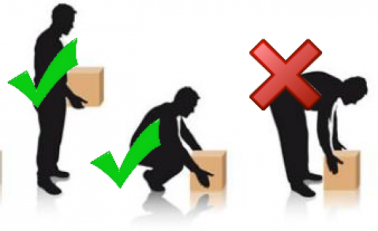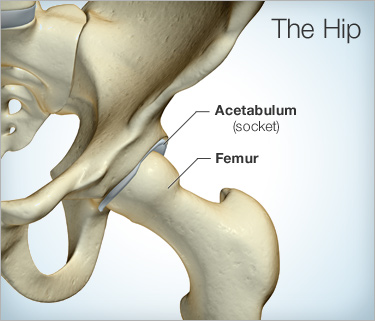It’s not uncommon today to walk into a room and see the majority of people looking down at their phone. Surely that can’t be doing any good for the neck and spine! As mentioned in a Forbes article, a new study by Dr. Kenneth Hashraj, The Chief of Spine Surgery at the New York Spine Surgery and Rehabilitation Medicine, discusses the effects of prolonged phone use.
The human head generally weighs between 10-12 pounds. When looking down at your phone, the spine and neck is under stress, causing extra strain, damaging your posture as well as spine. The force of the cervical spine (neck) increases as you move your neck forward at different angles. “The force increases by about 27 pounds at a 15-degree angle, 40 pounds at a 30-degree angle, 49 pounds at a 45-degree angle and 60 pounds at a 60-degree angle.” This poor posture associated with looking down at your phone is known as “text neck.”
“It is an epidemic or, at least it’s very common” mentions Dr. Hashraj in an interview with The Washington Post.
You may enjoy texting, tweeting, or talking while on your phone, but “text neck” may cause degeneration of the spine. You may be doing more harm than good, leading to spinal care much earlier on in life. “Text neck” will cause damage to the spinal tissue, causing it to stretch and making the tissue sore and inflamed.
Dr. Hashraj goes on to mention, “The ‘text neck’ effect is comparable to bending a finger all the way back and keeping it there for around an hour.” This image alone is disturbing as a picture of what is happening to the spine.
Even though it may be impossible to stop tilting your head forward while using a mobile device, there are a few options to help ease “text neck”:
- Move your eyes instead of tilting down to look at your phone.
- Hold your phone so it is at eye level.







